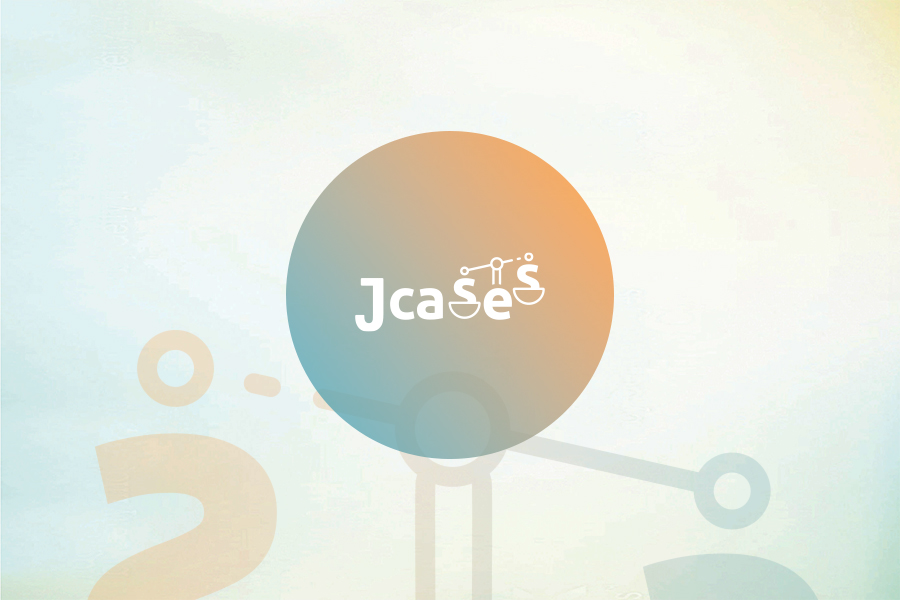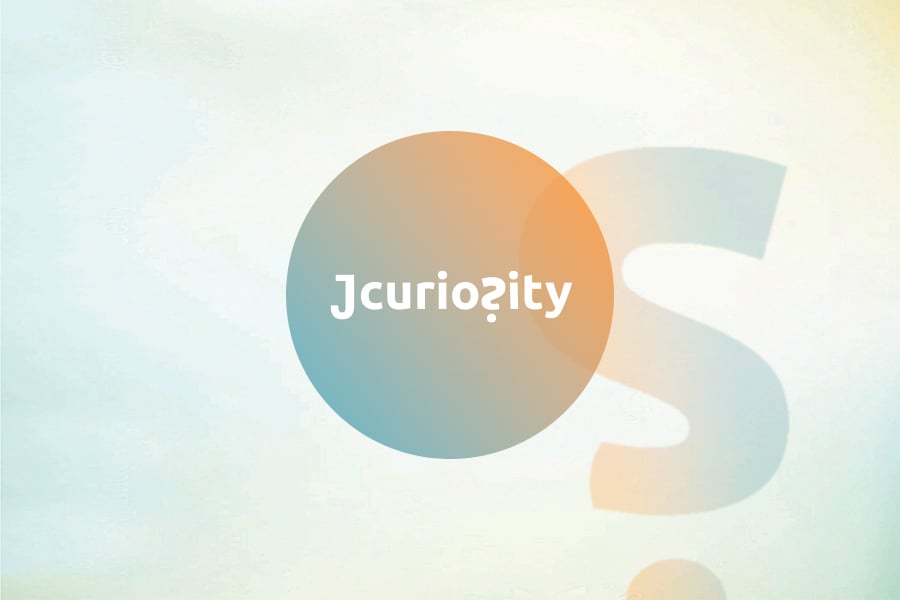The evolution of Artificial Intelligence (AI) is reshaping the landscape of technological innovation, introducing new challenges also in the field of patent protection. In this context, it is essential to understand the conditions for effective protection of AI-based inventions, both in terms of legal requirements and in light of the emerging regulatory framework, such as the European Artificial Intelligence Act (EU AI Act).
Basic requirements for patent grant
To be patentable, an invention must meet both eligibility and patentability requirements. Patent eligibility excludes, by definition, subject matter considered to be mental or abstract activity (e.g. mathematical methods, scientific theories, business methods, games). Patentability, on the other hand, requires both absolute novelty and inventive step, over the prior art.
In the case of Artificial Intelligence, the challenge lies at the boundary between what is merely abstract (e.g. a mathematical algorithm) and what demonstrates a technical character—namely, a concrete teaching aimed at solving a technical problem through technical means.
The Notion of "Technical" under the European Patent Office
To be patentable, an invention must possess a technical character, i.e. it must provide technical teaching. This refers to an instruction directed at a skilled person on how to solve a particular technical problem (as opposed to a purely financial, commercial, mathematical, or abstract problem) using specific technical means.
However, the term “technical” is "not definable" (as clarified in decision G 3/08 of the European Patent Office, EPO, which is also commonly followed in EU Countries).
Examples of patentable technical applications include systems that control X-ray devices, optimise load distribution in a computer network, reduce image noise, compress multimedia data, or implement cryptographic techniques.
When assessing the eligibility of AI-related methods, the same criteria applicable to computer-implemented inventions apply (see EPO Guidelines, G-II 3.3). Specifically, when evaluating whether a mathematical method contributes to the technical character of an invention, it must be assessed whether, within the context of the invention, the method produces a technical effect that serves a technical purpose.
In general, software may be considered eligible for patent protection if it:
- directly produces a technical effect (e.g. ABS control, video compression);
- manages computing resources (e.g. memory or CPU load), thereby acquiring technical character;
- is designed based on specific technical considerations (e.g. algorithms adapted to hardware architecture).
When AI is eligible and when it is also patentable
AI is therefore eligible for patent protection not as an algorithm, but when applied within a technical context, such as:
- the control of a technical system or process, like an X-ray device or a mechanical instrument;
- digital generation or enhancement of audio, images, or video (e.g. noise reduction, object/person detection in digital images, voice or facial recognition, generation of hyperrealistic sounds);
- data encoding/decoding/compression for reliable and/or efficient/secure transmission or storage.
However, simply running an AI method on a computer is not sufficient for patentability. While a generic computer may render the AI method eligible in Europe and Italy, this would unlikely meet the novelty and inventive step criteria, as the computer itself is considered prior art.
Patentability is thus only present when the technical features that confer eligibility also distinguish the invention from the prior art (i.e., from all publicly available knowledge before the filing date of the AI-related patent application).
These distinguishing features must not only be novel but also constitute a non-obvious advancement over the prior art: a development that would not have been easily come up with by a skilled person based on existing knowledge.
It is useful for this purpose to illustrate a concrete example of an AI invention for which a patent has been granted by the EPO.
This is EP3989126 B1, which relates to a Convolutional Neural Network (Deep Learning) for the automatic identification and quantification of radioisotopes in gamma spectra. This technology has important applications in medical imaging and radiotherapy. This case demonstrates how a detailed definition of:
- input and output,
- neural network architecture,
- training data and cost functions
can constitute a strong foundation for patent protection. In this instance, the successful grant was based on the clearly defined structure of the neural network, illustrated schematically in a patent figure as follows:

In this case, applying the concepts illustrated above, we have:
- Technical purpose: automatic identification and quantification of radioisotopes in gamma spectra (applied AI);
- Algorithm: Convolutional Neural Network (Deep Learning) followed by two independent, fully connected branches and final concatenation;
- Input: gamma spectrum images and a predefined number N of radioisotopes identifiable in each image;
- Output: classification data for each of the predefined N radioisotopes in the given gamma spectrum image.
As the invention addressed a real-world technical problem—identification of radioisotopes in radiation (i.e., not abstract)—and since no prior art cited during examination disclosed (novelty) or suggested (inventive step) the claimed features, the patent was granted.
Other examples of eligible and patentable AI inventions include:
- A method for designing an optical system by determining optical parameters for optimal performance;
- Estimating genotype based on DNA sample analysis and providing a confidence interval for the estimate;
- Supplying a quantitative element for medical diagnosis using an automated system for processing physiological measurements (the diagnosis method as such is excluded);
- Deriving a subject’s body temperature from data obtained via an ear temperature sensor.
The role of the EU AI Act
The new EU AI Act introduces a risk-based approach to regulation, categorising AI applications into four risk levels:
- Unacceptable risk: prohibited areas such as subliminal manipulation, exploitation of vulnerabilities, biometric categorisation based on sensitive traits, general-purpose social scoring, real-time remote biometric identification in public spaces, emotion recognition, predictive policing, and facial image scraping.
- High risk: subject to a Conformity Assessment, includes AI applications that may negatively impact health, safety, fundamental rights, or the environment. This encompasses AI embedded in regulated safety components of products (e.g. medical devices, elevators, vehicles, machinery), as well as AI used in law enforcement, migration, asylum, and border control.
- Limited risk: requires transparency, e.g. for deepfakes, emotion recognition systems, and chatbots—users must be informed they are interacting with AI.
- Minimal risk: covers systems such as spam filters, video games, and other entertainment applications. No specific obligations apply, though adherence to responsible conduct principles is encouraged.
At present, the EPO has not taken a position on these issues. For patent holders and innovative companies, it is therefore advisable to:
- avoid including elements in patent applications that fall under prohibited or high-risk categories;
- consider waiting for clarifications on how the AI Act will be incorporated into patent practice;
- conduct Fundamental Rights Impact Assessments (FRIA) to mitigate potential harm associated with high-risk AI systems.
Conclusion
Patent protection for AI follows the same legal principles applied to software inventions, with the addition of AI-specific details (architecture layers, inputs/outputs, training methods, and performance metrics).
AI is patentable only when it relates to a technical application or purpose, whether hardware - or software-based - not for the underlying algorithm in isolation.
Given the current EPO framework and the emerging EU AI Act, it is crucial for companies and professionals in the AI space to conduct a thorough analysis of their inventions—both from a patentability and compliance standpoint — to ensure eligibility and legal alignment of the resulting product.



